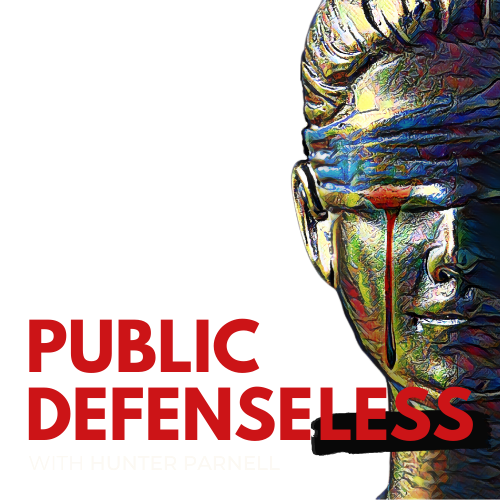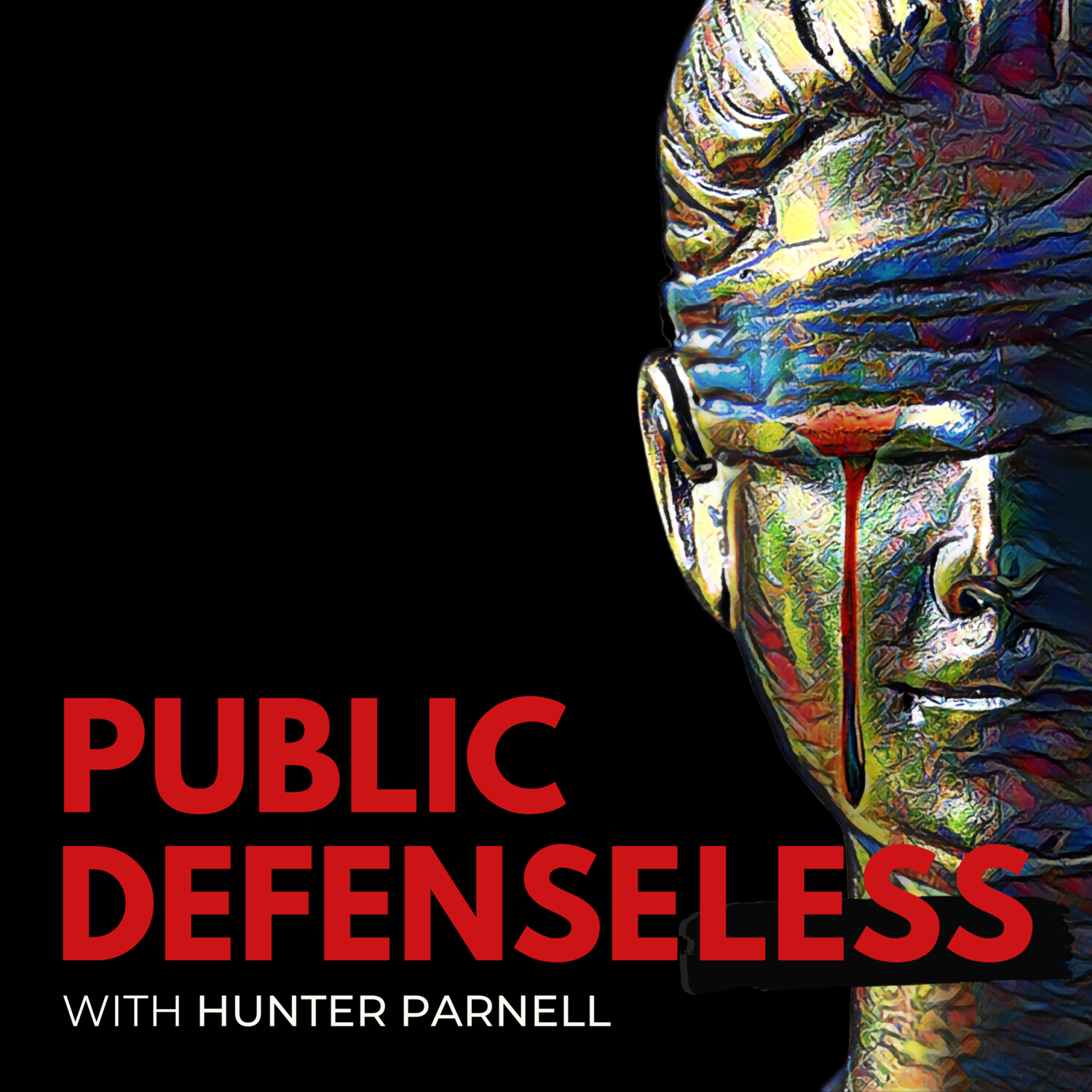The Problems and Promise of Public Defense in Allegheny County, Pennsylvania w/Rob Perkins and Dan Eichinger
Today, Hunter is joined by Rob Perkins and Dan Eichinger to discuss Public Defense in Allegheny County, Pennsylvania. If you’ve listened to the show long enough, then you know that Pennsylvania was one of the last states to provide any funding for Public Defense. While the $7.5 million allocated to support Public Defense is welcome, it is insufficient to account for the decades of underfunding/understaffing in places like Allegheny County. Yet, Dan and Rob believe that with the help of new county leadership, they can finally meet the demands of Gideon in Allegheny County.
Guests:
Rob Perkins, Executive Director, Allegheny Lawyer’s Initiative for Justice
Daniel Eichinger, Program Administrator, Wayne County Indigent Defense Services
Resources:
Allegheny Lawyers Initiative for Justice
Allegheny Public Defender Report
https://www.ali4j.org/research-report-a-path-forward
ACLU Report
https://www.aclupa.org/en/job-left-undone-allegheny-countys-fork-road
2018 Coverage of Public Defense
Email Rob
During the Episode Dan, mentioned Racial Disparity in Allegheny County. Here is an additional note from him:
RAND_RTI_Final_Report.pdf (pitt.edu)
Additionally, I mentioned that half of all charges filed against Black people arise from a police initiated encounter. My phrasing could have been more precise as the paper refers to charges arising out of "Black neighborhoods" (as opposed to Black people) and I didn't mention the numbers in terms of the disparity between White neighborhoods, so I wanted to make sure your listeners had the exact language from the report:
(Pg. 47 of the report, pg. 91 of the document):
"In particular, charges that are filed in Black neighborhoods are almost equally likely to initiate from either a call for service or a low-priority law enforcement action (30% versus 27%). However, in the White matched neighborhoods, charges are more than twice as likely to originate from a call for service than from a low-priority law enforcement action (38% versus 17%)."
Additionally, the percentage of charges growing out of a police-initiated interaction is likely higher because, as the authors note (pg. 46):
"Thirty-two percent of the cases could not be matched to the 911 call data. As noted in the previous section, these are likely to be instances where law enforcement officers initiated an action but did not call it in. These unmatched cases are thus classified as unidentified law enforcement–initiated actions."
Contact Hunter Parnell:
@PublicDefenselessPodcast
@PDefenselessPod
Subscribe to the Patron
www.patreon.com/PublicDefenselessPodcast
Donate on PayPal
https://www.paypal.com/donate/?hosted_button_id=5KW7WMJWEXTAJ
Donate on Stripe
https://donate.stripe.com/7sI01tb2v3dwaM8cMN
Trying to find a specific part of an episode? Use this link to search transcripts of every episode of the show!
https://app.reduct.video/o/eca54fbf9f/p/d543070e6a/share/c34e85194394723d4131/home

